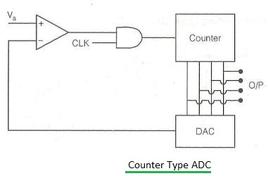RF Exposure Calculator: SAR and Power Density
Advertisement
This page provides information about the RF Exposure calculator, covering Specific Absorption Rate (SAR) and incident power density calculations.
SAR, or Specific Absorption Rate, is a unit of measure used to determine RF exposure limits. It’s expressed in W/Kg and represents the rate of energy absorption per unit mass of a substance.
RF Exposure Calculator Example:
- Electric field (RMS) = 5
- Conductivity = 1
- Mass density = 1.3E03 (1.3 x 10^3)
Resulting in:
- RF Exposure limit or SAR = 0.0192 W/kg
- Power density = 0.066
Common conductivities for scalp, CSF, skull, and brain are: 0.3300, 1.0000, 0.0042, and 0.3300 S/m, respectively.
RF Exposure Calculator Equation
Electromagnetic radiation exposure exceeding certain limits can be harmful to humans, potentially causing health deficiencies, brain diseases, and various forms of cancer. RF exposures are categorized as either ionizing or non-ionizing.
ICNIRP (International Commission on Non-Ionizing Radiation Protection) has established RF exposure limits for both general public and occupational applications.
To assess the RF exposure level, the following measurements are typically required:
- Electric field intensity (E)
- Magnetic field intensity (H)
- Specific absorption rate (SAR)
The selection of the appropriate measurement depends on the observer’s location (near-field or far-field region) and the field impedance.
The following equation is used for RF exposure limit calculation. This makes the RF exposure calculator a valuable tool for various applications.

Calculating E from Transmitter Power and Gain
Sometimes, it’s necessary to calculate the electric field (E) to use in the RF exposure calculator for SAR calculation. The calculator below determines the Electric Field (E) in V/m from transmitter power (Pt) and antenna gain (Gt) at a distance ‘r’ from the antenna:
E = ( (30 * Pt * Gt)0.5 / r ) V/m
Example:
- INPUTS:
- Antenna power = 23 dBm
- Antenna Gain = 12 dBi
- Distance = 800 meters
- OUTPUT:
- RMS electric field = 0.012 V/m
Advertisement
 RF
RF


